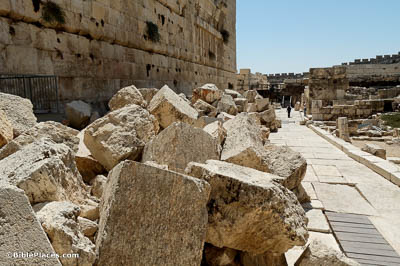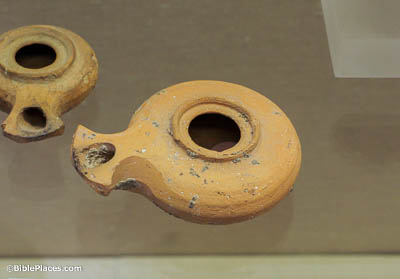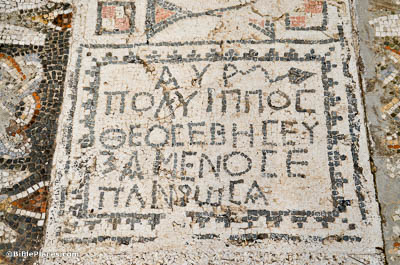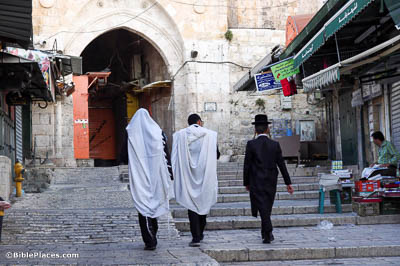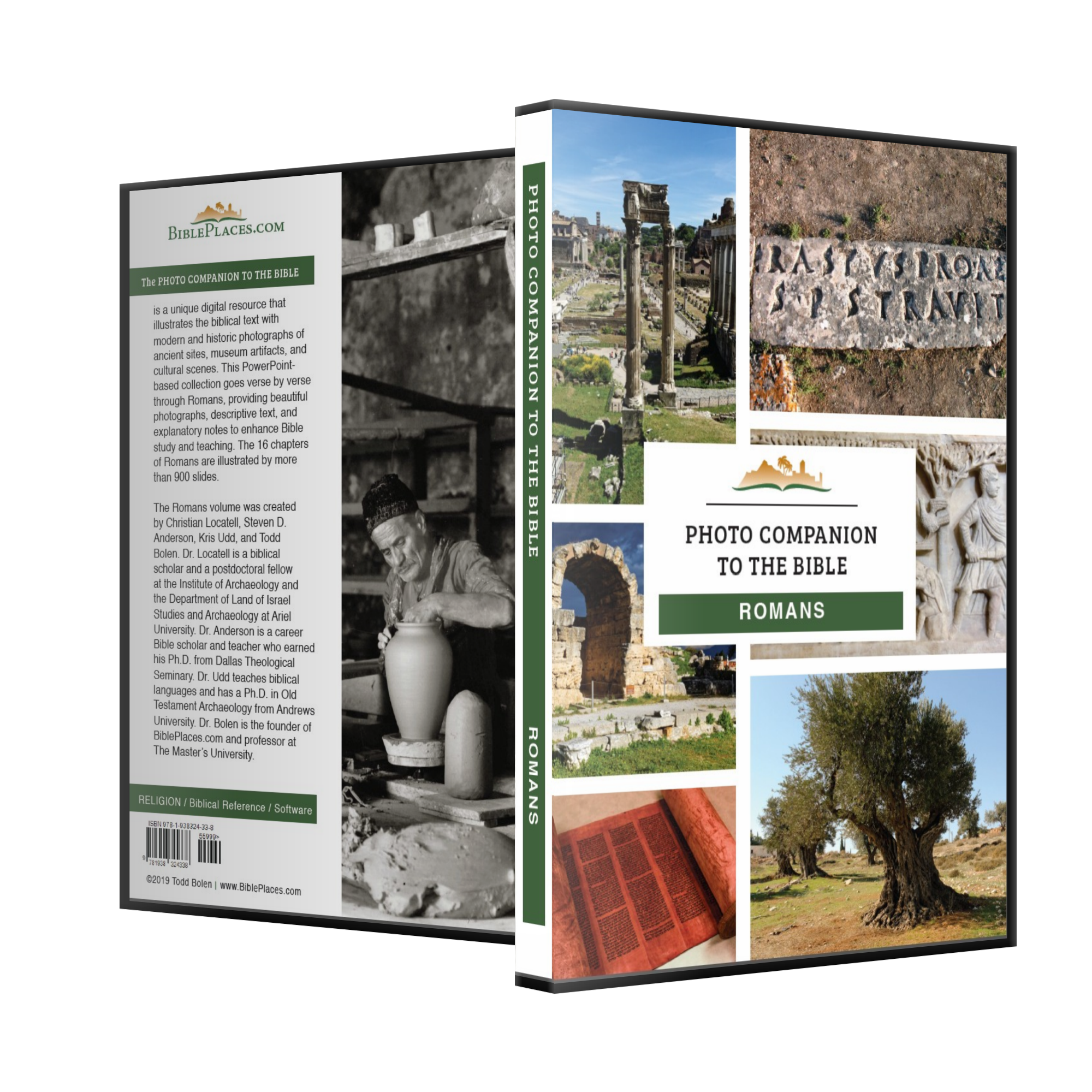And is this what you think . . . that you will escape the judgment of God? (Romans 2:3)
In chapter 2, Paul turns his attention away from pagan idolaters to self-righteous Jews, anticipating his conclusion in Romans 3:9-10 that both Jew and Gentile are sinners under God’s just judgment. This judgment was experienced historically by faithless Israel in the destruction of the First Temple by the Babylonians in 586 BC. It would happen again soon after Paul wrote this letter when the Romans destroyed the Herodian Temple in AD 70. Rubble from the Roman destruction of Jerusalem can still be seen at the southwestern corner of the Temple Mount, as seen in this photo.
